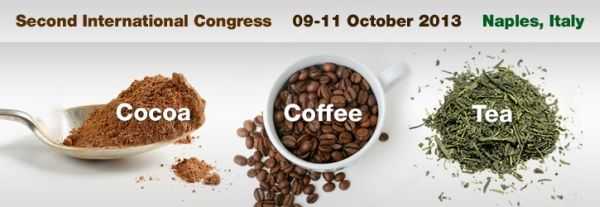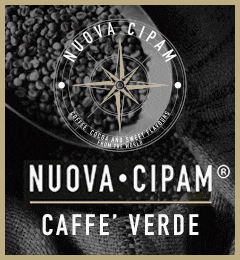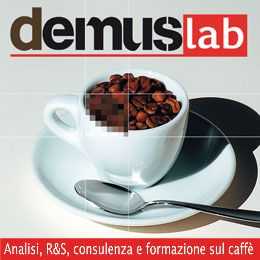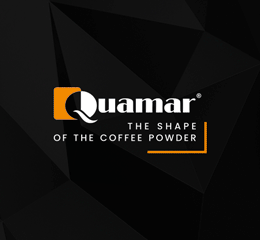Glicerina V.1,2, Balestra F.1 Dalla Rosa M.1,2 Romani S.1,21Interdepartmental Centre for Agri-Food Industrial Research, Alma Mater Studiorum, University of Bologna, Piazza Goidanich 60, Cesena (FC) 2Alma Mater Studiorum, University of Bologna, Department of Food Science, Campus of Food Science, Piazza Goidanich, 60, 47521 Cesena, Italy *Presenting author: virginia.glicerina2@unibo.it
The influence of several process steps on the rheological and termal characteristics of dark and milk chocolate was evaluated. Samples were obtained at each phase of the manufacture process: mixing, pre-refining, refining, conching and tempering.
Rheological fundamental properties (yield stress, apparent viscosity, G’ and G’’) were evaluated both in steady and dynamic conditions by using a stress – controlled rheometer; thermal measurements were carried out by using a differential scanning calorimeter (DSC).
Results obtained from fundamental measurements showed a drastic and significantly increase of all considered parameters, from mixed sample to the refined one in both dark and milk chocolate samples.
The highest values of considered parameters could be attributed to the reduction of samples particle size that involves an increase of the contact point between them and leads to the formation of very aggregated structures.
Consequently the samples need a major amount of stress to break their structure and initiate to flow (Afoakwa et al. 2009). Samples obtained from the conching and tempering steps were characterized by the lowest significantly values of all rheological and empirical parameters.
In particular for what concern dark chocolate samples, in these two last steps (conching and tempering) the addition of lecithin and further cocoa butter probably reduced the particle–particle interactions due to their lubricating action, increasing their mobility and reducing viscosity and structure aggregation (Johansson and Bergensthål, 1992).
In milk chocolate samples instead the reduction (after pre-refining and refining steps) of rheological parameters observed after the conching and tempering steps, can be probably attribuited to the re-distribution of cocoa butter between solid particles.
From calorimetric results, was also possible to discriminate samples on the basis of Tonset (temperature at which chocolate starts to melt) and T end (temperature at which sample is melted).
The samples that exhibited lower rheological parameters (after conching and tempering steps) showed also the lower values of Tonset and Tend, probably related to the presence of a less aggregate structure that need of lower temperature values to initiate and finish melting.
At the same time samples that presented rheological high parameters (after pre-refining and refining steps) requested higher temperatures to start and finish melting (Do et al., 2007).
The overall behaviours of rheological and melting observed properties during manufacturing were similar in both chocolate samples, also if in the milk ones their entity was lower than in the dark chocolate, due the differences in the formulations.
References
[1] Afoakwa, E. et al. Microstructure and mechanical properties related to particle size distribution and composition in dark chocolate. Int. J. Food Sci. Tech. 2009, 44, 111–119. [2] Johansson, D. et al. (1992). The Influence of Food Emulsifiers on Fat and Sugar Dispersions in Oils. I. Adsorption, sedimentation”. J.Am. Oil Chem. Soc. 1992, 69, 705-717.
[3] Do, T. et al. Impact of particle size distribution on rheological and textural properties of chocolate models with reduced fat content. J. Food Sci. 2007, 72, 541-555.













